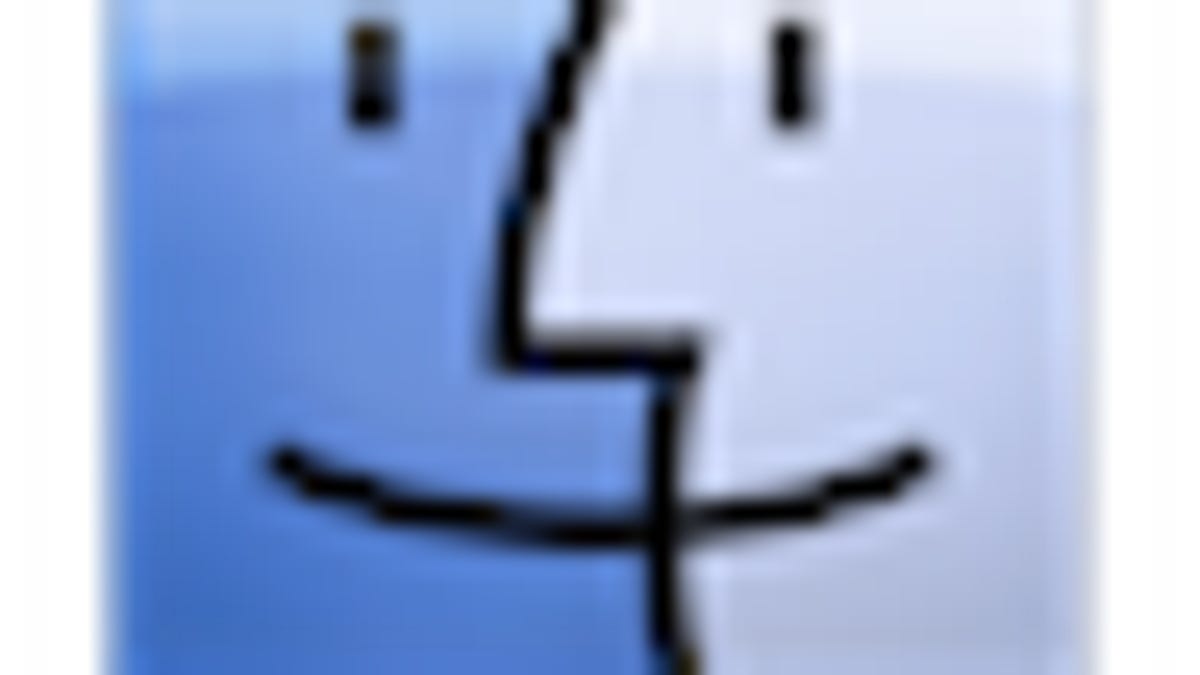Tips for printing folder contents in OS X
The capability to print or save a graphic or list of the contents of a Finder window can sometimes be exceptionally useful. Here are some indirect ways to do this in OS X.

There are times when you might want to print or save the contents of a folder, but unfortunately while the Finder will list folder contents, it does not have any options for saving or printing them. Nevertheless, there are some possible routes for saving window contents or printing them, either as screenshots or as text lists of the items.
Screenshots
Screenshots can be captured several ways using combinations of the Shift, Command, and "3" or "4" buttons to take screenshots of entire screens, selections, or even individual windows if you invoke a selection screenshot (Shift-Command-4) and then press the space bar.
Basic full-screen screenshot
The basic screenshot in OS X is performed by pressing Shift-Command-3, which will take a shot of the entire screen. This is handy sometimes, but if you only want a single window you will have to crop the resulting picture.Selection screenshot
Instead of cropping a full-screen capture, you can take a picture of a selection of the screen by pressing Shift-Command-4. The cursor will turn into a selection cursor and will allow you to click and drag over the area you want to include in the capture.Window screenshot
The first two options can be used to isolate windows, but it does not do a clean job and can cut off window elements or include background graphics in the shot if you are not careful. As a workaround, you can take a screenshot of an entire window by first pressing Shift-Command-4 to invoke the selection cursor, and then press the Space bar. The system will highlight the window you place the cursor over, and will save that window (including its shadow) in the resulting screenshot.
For all of these screenshot options, the system will by default save them to the desktop as PNG files. This may be convenient for most people; however, you can also have the system save the screenshot directly to the clipboard by including the Control button in any of the screenshot shortcuts listed above. This can help reduce clutter from screenshots being saved to your Desktop, and can be used in conjunction with Preview or other image handling programs to manage or print the screen capture (I recommended this as an option for a reader in last week's MacFixIt Answers article).
For more details on all the screenshot options in OS X, see our "Screen Capture Options" article.
Text listings
In some instances, people might have more items in a folder than can be shown onscreen, in which case the use of graphics will not be adequate. If you are familiar with the BSD subsystem in OS X (the Terminal), you can list a folder's contents and redirect the output to a text file, but for most people doing this would be a tad inconvenient. Instead, there are options through third-party text management tools like "TextWrangler," which will allow you to print lists of folder contents.
First download TextWrangler (it's free) and open the program. Then select a folder and drag it to the TextWrangler window, and the program will read the whole directory structure starting from that folder and present it in a tree listing in the program. The file can then be saved or printed.
While TextWrangler is one option for listing files in a directory, there may be other programs that will perform similar features. If you have a recommendation, let us know below in the comments.
Questions? Comments? Have a fix? Post them below or e-mail us!
Be sure to check us out on Twitter and the CNET Mac forums.

